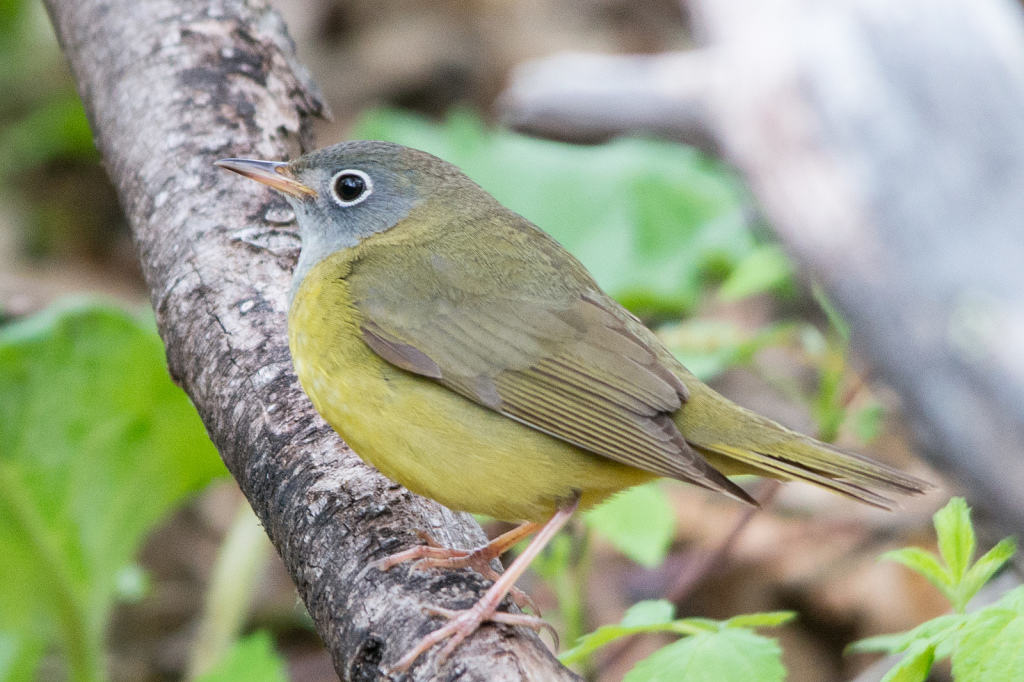
Recent winters that have lingered late into spring are blamed for a 30 percent drop last year in bird numbers in northern Minnesota. The research was recently released by the Natural Resources Research Institute at the University of Minnesota Duluth.
Every June for the past 20 years, at the peak of nesting and singing, researchers tally every bird they hear near different types of habitat in the Chippewa and Superior National Forests. The count has seen ups-and-downs before, but the 2014 drop was notable.
The Duluth News Tribune reports that about 10,000 different birds were counted in 1994 and peaked at almost 20,000 birds in 2009. It declined in 2010, rose over the next three years, and then last year, only 12,500 birds were heard.
The crash is blamed on harsh conditions in the springs of 2013 and 2014. Researchers expect the numbers will stay low through the 2015 nesting season. They also say weather could play a bigger role in bird populations in the future.
“Weather-related ups and downs (in bird populations) like we are seeing recently have likely always occurred,” Edmund Zlonis, the NRRI researcher who leads the study told the News Tribune. “The questions are … will dramatic variability (in weather) be more common with climate change and how will birds adapt, if at all? The jury is probably still out for both.”
Changes in habitat are also thought to play a role in bird numbers. Forests are getting older on average, as less logging is done and wildland fire remains largely suppressed outside the Boundary Waters Canoe Area Wilderness. Logging is going down because Forest Service policy seeks to leave more trees standing after cuts, and because of overall declines in the industry. Several of the region’s paper plants have closed in recent years.
But the report mostly chronicles a hopeful future for most northern Minnesota birds. During the 20 years the survey has happened, 90 percent of the species have held steady or increased in numbers.

